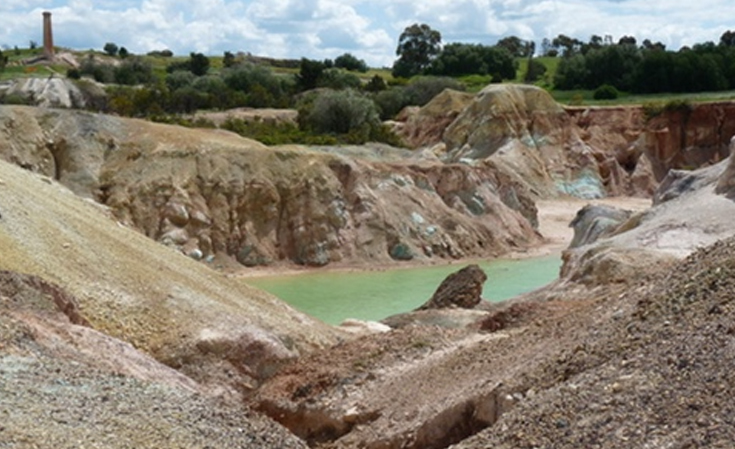
Value losses due to poor liberation and classification
July 16, 2013
What is the Return on Investment of using Process Mineralogy?
August 13, 2013Developers and operators of mining and mineral processing operations face constant challenges to become more efficient, whilst at the same time being faced with increasingly complex ore bodies. This complexity is characterised by multiple mineralisation events and complex formation histories, leading to variation in ore mineralogy. This inconsistency can often be explained by changes in the ore texture, or the relationship between minerals present in the ore. Understanding the ore texture can be a very useful tool in developing a process flowsheet or optimising an existing circuit. For complex ore bodies with multiple ore textures this understanding is not only useful, but is essential to manage variability, reduce risk and optimise the operation.
MinAssist has complied a short white paper discussing some of the mineralogical influences on feed ore quality and subsequent recovery: The Influence of Rock Texture on Processing
The texture of an ore domain can be an important influence on plant efficiency, grade and recovery, and operational economics. Given the challenges of todays processing operations to reduce costs, improve recovery and produce a higher quality final product, it is no longer good enough for operations to simply track and base decisions on grade alone. This ever increasing ore body complexity demands that the information we access for decision making must in turn become increasingly more comprehensive if operations are to succeeded.
Rock and mineral texture play an integral role all the way through the mine-to-metal process; from the way a rock will fragment when blasted, through comminution, to recovery and tailings management; regardless of the recovery process used. In summary:
– Grade alone is not enough to track how a rock will process. The texture of the rock must also be understood and monitored.
– Mineral grain size distribution may be either equigranular (with the ore and gangue minerals having similar size distributions) or inequigranular (with the ore and/or gangue minerals with different size distributions)
– Metal distribution may be across multiple minerals, each with their own size distributions, alteration types, and association
– Formation of-, and/or alteration events post- deposit formation will influence the textural complexity.
– Understanding these factors will help guide metallurgical test work, flowsheet design, mine planning and metal recovery optimisation
– Both liberation and free surface area should be considered when examining a feed ore
– Understanding the mineralogy and it’s texture will allow development of a theoretical grade-recovery curve, setting the upper limit for recovery with a certain concentrate grade. Overlaying this on actual grade recovery results will help interpret these, and identify potential improvements or fundamental limitations for that feed material
– Improving grade-recovery beyond this theoretical curve requires a change to the feed up-stream of the circuit being examined (e.g. in milling or blending strategy)
MinAssist has an ongoing publication schedule involving a series of Process Mineralogy Today blog posts and associated white papers covering various subjects related to process mineralogy, mineral processing and geometallurgy. The purpose of these is to raise awareness of the use and value of this field amongst non-specialists, and to provide a discussion forum and resources for the use of domain experts. MinAssist encourages you to comment on this blog, and to suggest or contribute to otherposts and white papers.
If you would like more information on this or any of the process mineralogical services that MinAssist can provide, then please contact us.





